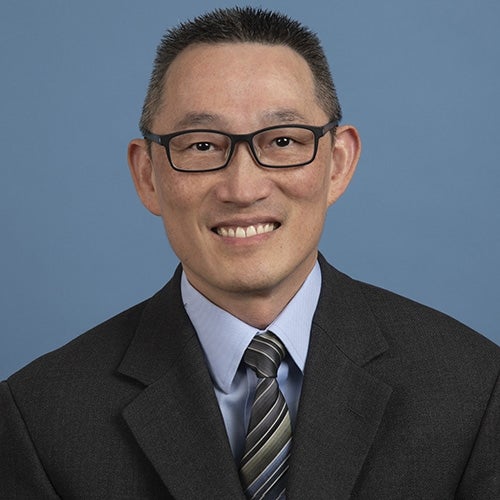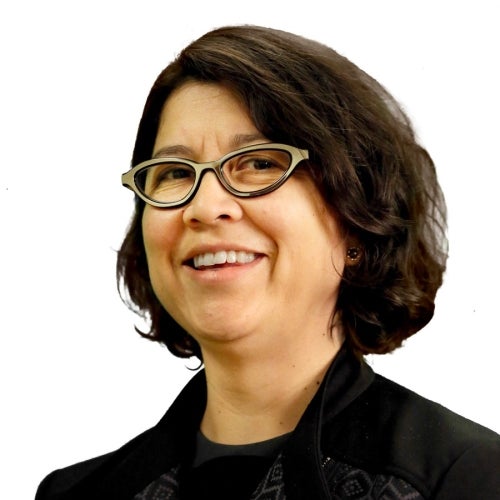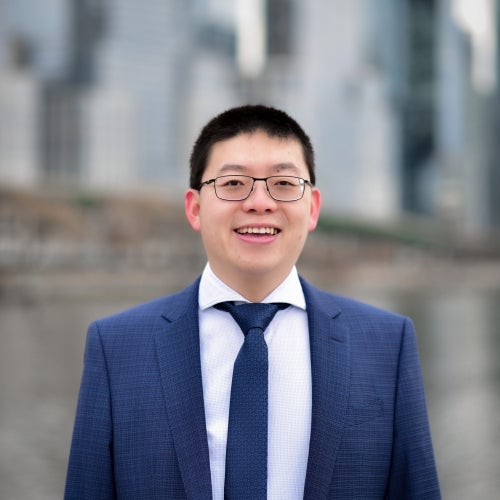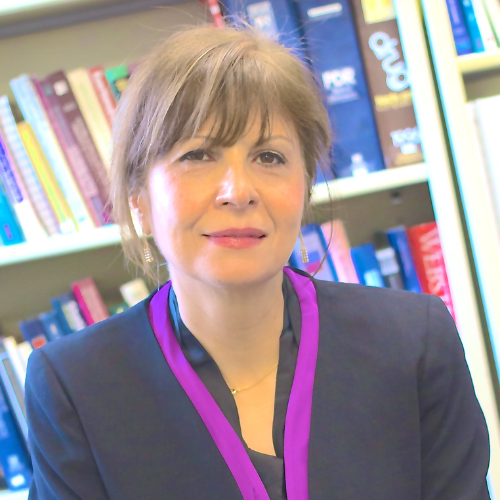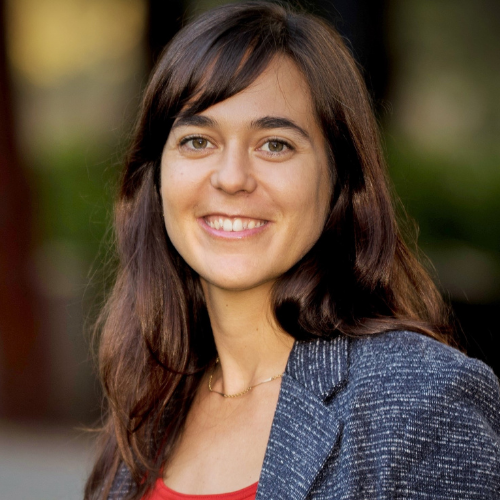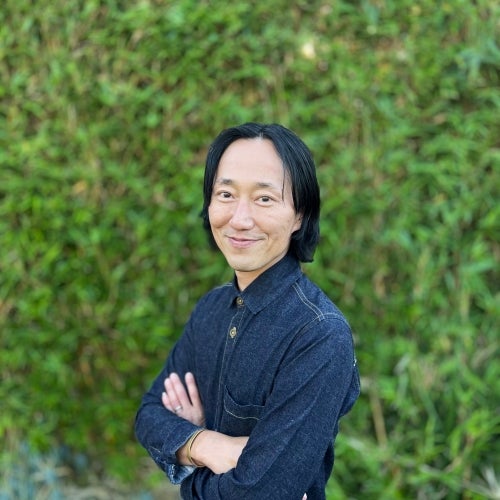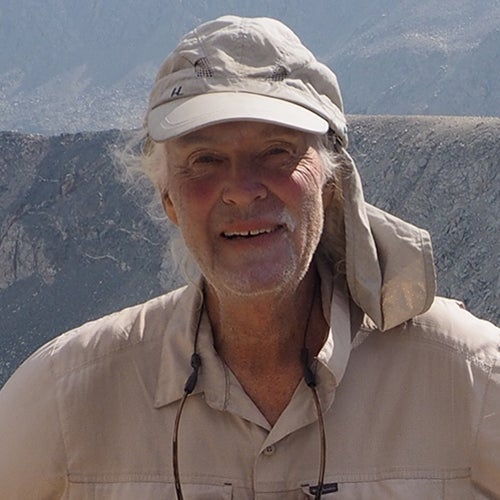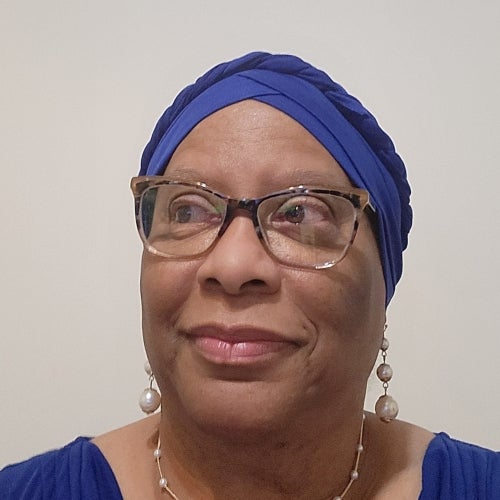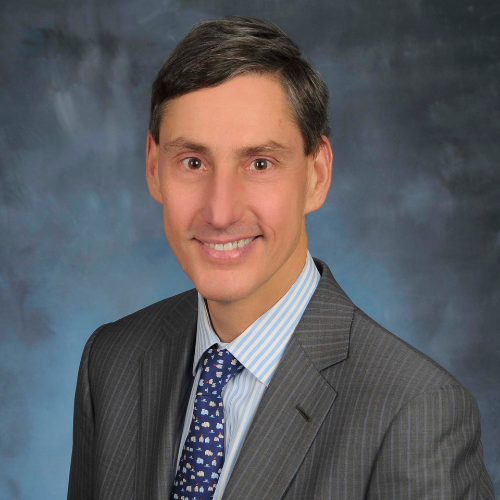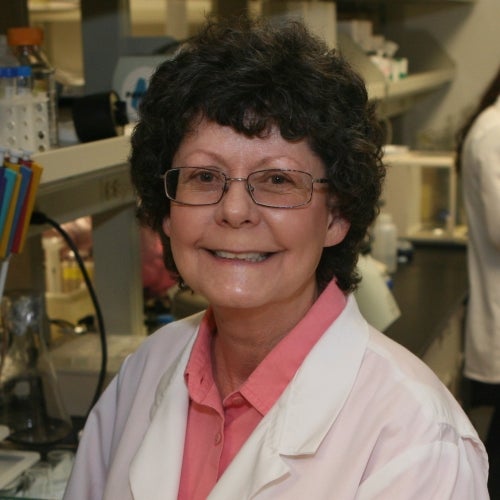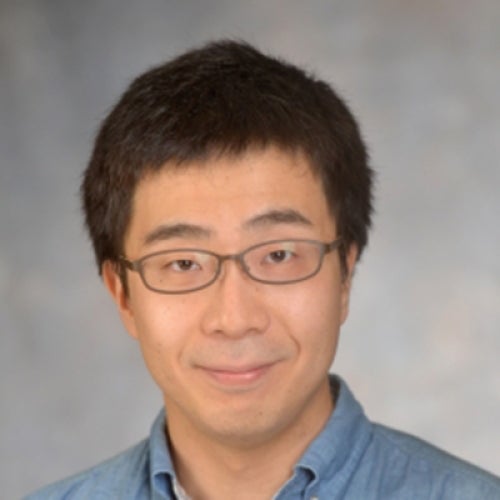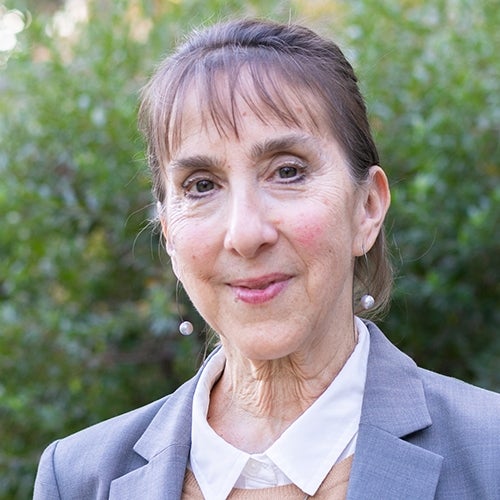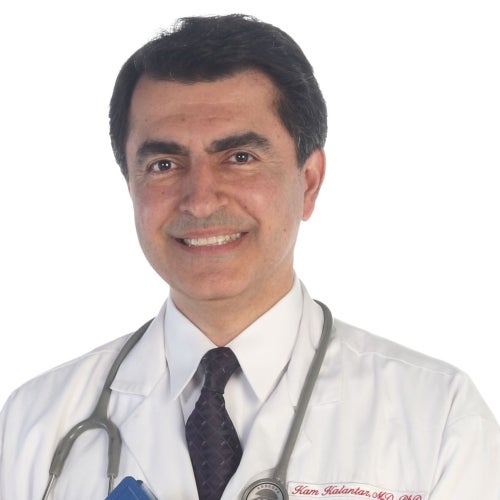Childhood brain tumors linked to mother’s exposure to pesticides
A UCLA-led study is the first-ever to estimate this risk for a large number of specific pesticides; the team includes Dr. Beate Ritz & Dr. Julia Heck.

Research published in the peer-reviewed journal Environmental Research suggests that exposure during pregnancy to a wide variety of pesticides may lead to the development of central nervous system tumors during childhood.
And the increased risk of these tumors – estimated as much as twice to 2.5 times higher for some pesticides – occurs even if the mother is not a farmworker, but lived as much as 2.5 miles (4000 meters) away from the field where the pesticides are sprayed, researchers found.
“Exposure to certain pesticides, simply through residential proximity to agricultural applications during pregnancy, may increase the risk of childhood central nervous system tumors,” said Dr. Beate Ritz, UCLA Fielding School of Public Health (FSPH) professor of epidemiology and of environmental health sciences, one of the co-authors. “Policy interventions to reduce pesticide exposure in individuals residing near agricultural fields should be considered to protect the health of children.”
The research – “Residential Proximity to Pesticide Application as a Risk Factor for Childhood Central Nervous System Tumors” - is being published in an upcoming edition of the peer-reviewed journal Environment Research, and is available on-line. Pesticides have been investigated as possible risk factors for childhood cancer since the 1970s, and the U.S. Environmental Protection Agency has classified more than 100 as possible or probable carcinogens, based on toxicological and epidemiological data.
“Many pesticides are neurotoxicants, and have even been found in cord blood, indicating placental transfer of these toxins to the developing fetus,” said co-author Shiraya Thompson, an epidemiology MS candidate at FSPH. “This, in turn, suggests prenatal pesticide exposure may increase childhood brain cancer risk.”
This latest work, however, is the first study to track exposure and estimate risks of 77 separate and specific pesticides, said co-author Dr. Julia Heck, associate dean for research at the University of North Texas College of Health and Public Service and an associate professor of epidemiology at FSPH.
“This study is the first, to our knowledge, to estimate effects for a large number of specific pesticides in relation to CNS tumor subtypes,” Heck said. “Our results suggest that exposure to specific pesticides may best explain the results of previous studies that reported relationships between broader pesticide types and central nervous system tumors.”
The research team, from UCLA, Cedars-Sinai Medical Center, and the University of Southern California, all in Los Angeles, and the University of North Texas, analyzed cases of childhood central nervous system tumors in California between 1998 and 2013, with a focus on those living near agricultural fields.
“California’s agricultural work force numbers more than 800,000, according to state estimates,” said Dr. Christina Lombardi, a co-author and epidemiologist with the Samuel Oschin Comprehensive Cancer Institute at Cedars-Sinai Medical Center in Los Angeles. “In addition to the negative health effects of pesticides on workers there are large numbers of pregnant women and young children living adjacent to treated fields who may experience detrimental health effects as well.”
Their findings include that three types of cancers - medulloblastoma, ependymoma, and astrocytoma - are associated with specific pesticides, and the pesticides inuron, thiophanate-methyl, and triforine are possibly carcinogenic, among others. Because pesticides are often applied to fields and orchards from the air, the study makes clear that while California’s agricultural workforce are the most at risk, any expectant mother who lives in a community adjacent to agricultural land is as well, said co-author Dr. Myles Cockburn, with the University of Southern California’s Keck School of Medicine.
“This transition from farmland to residential neighborhoods is abrupt across California, and, of course, constantly changing as farmland is developed,” Cockburn said. “The simplest way to mitigate these risks are by reductions in exposure to pesticides, through restrictions as aerial spraying and air blast that lead to increased drift, and by farming methods that decrease reliance on pesticides.”
Methods: Cancer cases in children ages 0 to 5 years were drawn from California Cancer Registry records for 1988-2013 and matched to their birth certificates using name, date of birth, and social security number when available. The team achieved 89% matching success; most of the remaining 11% were likely born out of state. Researchers also excluded birth addresses outside of California; exposure information was not available for these locations, since most states do not require pesticide use reporting. The team limited analyses to the time period when full residential addresses were available on the electronic dataset of birth certificates (1998-2011).
Because of the focus on rural areas, the present study was restricted to those mothers living during pregnancy within 2.5 miles (4000 meters) of an agricultural field to which at least one pesticide was applied. The final study population consisted of 387 cases of all astrocytoma (combined), 119 cases of diffuse astrocytoma, 256 cases of pilocytic astrocytoma, 123 cases of ependymoma, 157 cases of medulloblastoma, and 123,158 controls. Possible carcinogens were selected per the U.S. EPA’s classifications, and prenatal exposure was assessed according to pesticides reported by the California Department of Pesticide Regulation’s Pesticide Use Reporting system.
Table Caption and Credit: Demographic characteristics of children in California born in 1998-2011 exposed to at least one pesticide during pregnancy. Credit: Lombardi et al.
Funding: This study was supported by grants from the U.S. National Institutes of Health (R21ES019986, R21ES018960). Ms. Thompson was supported by the Alex’s Lemonade Stand Foundation Pediatric Oncology Student Training grant.
Citation: Lombardi, C., Thompson, S., Ritz, B., Cockburn, M., Heck, J.E., Residential Proximity to Pesticide Application as a Risk Factor for Childhood Central Nervous System Tumors
Environmental Research, https://doi.org/10.1016/j.envres.2021.111078
The UCLA Fielding School of Public Health, founded in 1961, is dedicated to enhancing the public's health by conducting innovative research, training future leaders and health professionals from diverse backgrounds, translating research into policy and practice, and serving our local communities and the communities of the nation and the world. The school has 631 students from 26 nations engaged in carrying out the vision of building healthy futures in greater Los Angeles, California, the nation and the world.
Faculty Referenced by this Article
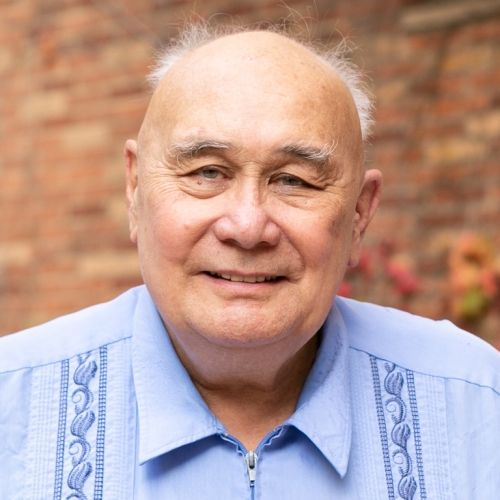
Industrial Hygiene & Analytical Chemistry

Robert J. Kim-Farley, MD, MPH, is a Professor-in-Residence with joint appointments in the Departments of Epidemiology and Community Health Sciences

Dr. Joseph Davey is an infectious disease epidemiologist with over 20 years' experience leading research on HIV/STI services for women and children.

Dr. Anne Rimoin is a Professor of Epidemiology and holds the Gordon–Levin Endowed Chair in Infectious Diseases and Public Health.

Dr. Hankinson is a Distinguished Professor of Pathology and Laboratory Medicine, and of EHS, and Chair of the Molecular Toxicology IDP

Associate Professor for Industrial Hygiene and Environmental Health Sciences





